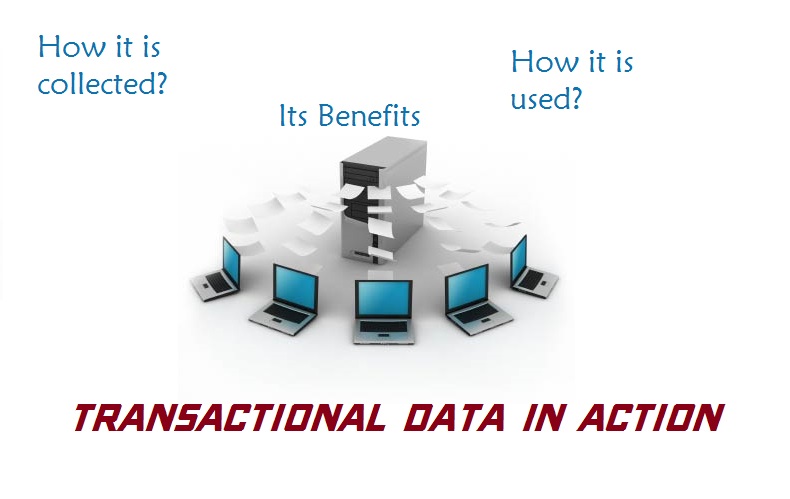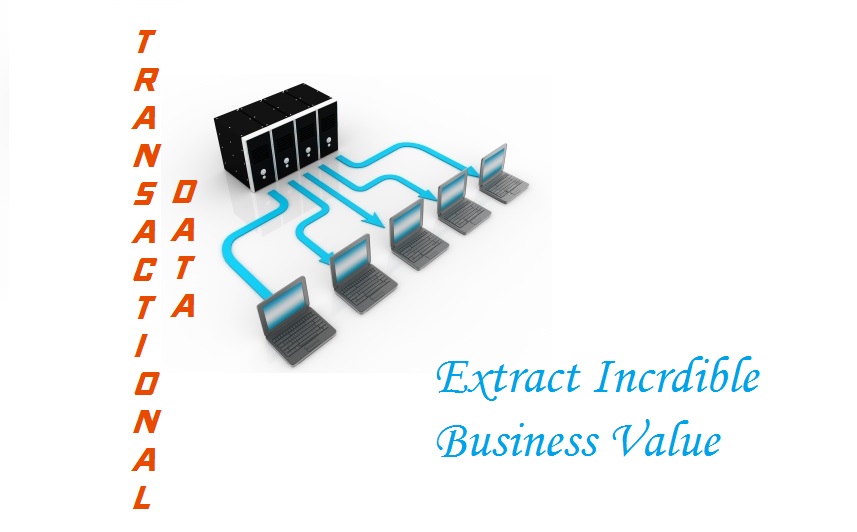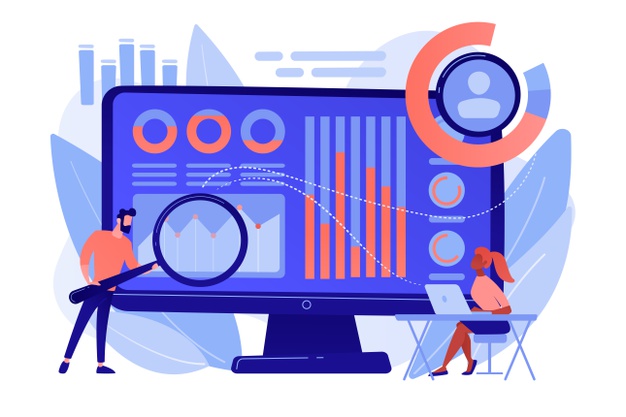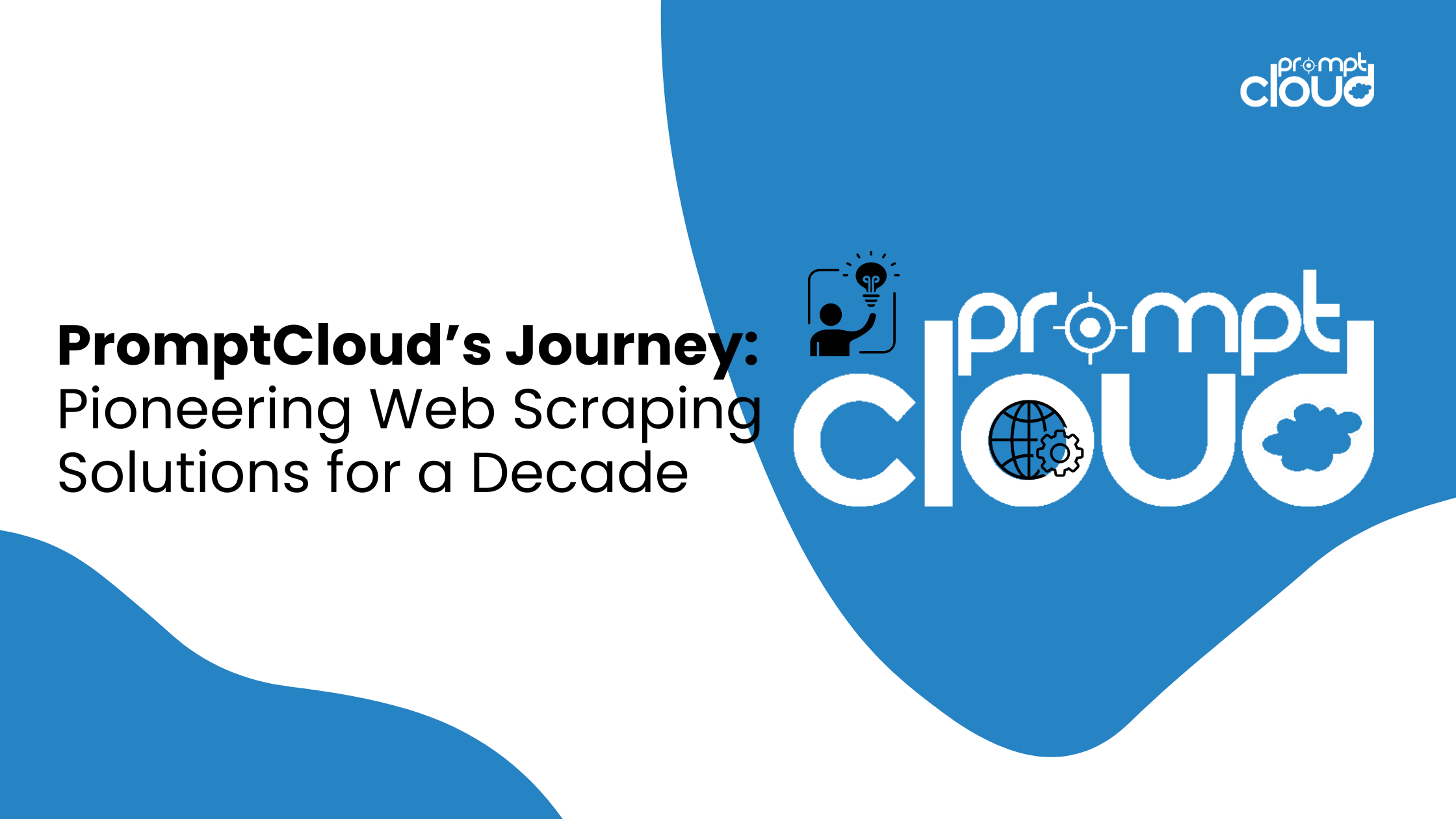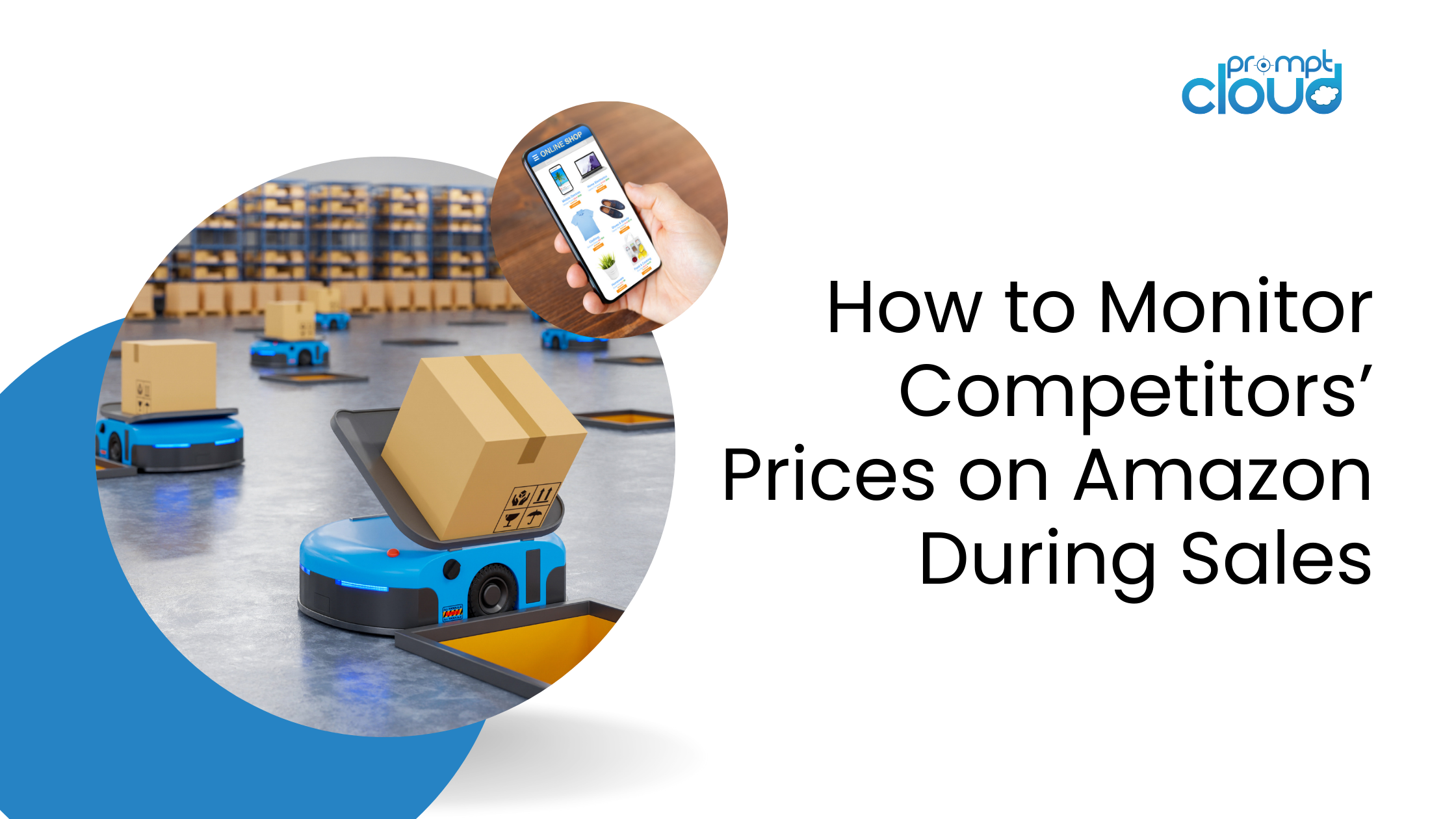The world of technology and its implementation has undergone a sea of change from just a few years back. Many tools, techniques, and approaches have sprung up in the way business owners and marketing heads now get their insights. As compared to sending mailers, cold calling, or more blatant forms of in-your-face marketing techniques, the trend has moved on for the better in the last few years. The emphasis is now placed squarely on getting the customer a delightful experience, which in turn, will draw them out to purchase or subscribe to a business’s product or service offering. By offering them personalized services as per their preferences and purchase history, keeping the relevance local to their geographic location, and fine-tuning your digital marketing strategy to cover your target audience, are some ways in which a customer can get a delightful experience. This is where informative marketing tactics come into play.
No longer has the customer got to bear the brunt of pesky salesmen. With the advent of online or digital marketing, the trend now favours to glean data and insights from the various actions, signals and triggers that the prospect or customer carries out in his or her daily transaction. This is precisely what ‘Transactional data’ means. So, transactional data is the various data collected around an event (or a transaction). There are three critical elements of transactional data –
- A numerical value or measure
- A reference object (or more than one object)
- A time indication/limit
Transactional data can be in various forms:
- Logistical–covers different points as the product moves from source to destination
- Financial–covers various financial elements such as retail POS, invoices, billing, PO, inventory
- Operational–covers various HR aspects such as time tracking
- Digital–number and point of clicks, page redirects, purchase and browsing actions, views and downloads are important forms of transaction data.
With the help of techniques such as web scraping, indexing, and big data analysis, you ensure that you derive better customer insights from transaction data. This way you can drive better decision making for growing your business, keeping the customer in the centre of it all.
Transactional Data in Action
The obvious signal of transactional data is the actual purchase made by a buyer. But did you know that beyond this obvious signal, there are many, many different ways, in which you can obtain data in the digital world? Every click, page close, page re-direct, views, download, or search, provides some of the other handy information. While getting these data with the help of scraping product data is easy, the challenge is to make sense out of this Big Data and obtaining insights that drive customer satisfaction and induces business growth.
To take an instance, if Paula withdraws money from an ATM, it constitutes a transaction. Now many stakeholders, like the bank and payment processor, can get an immense amount of valuable data around this one single transaction from the one customer –
- Number and amount of transactions (aggregated to show a key metric of bank performance),
- Number of failed attempts (to denote ATM hardware supplier performance)
- Number of transactions/footfalls at ATM (gives intel on location sensitivity of ATM)
- Validating the performance of external vendors, such as payment processors
It is clear that such tracking will bear fruits only when data is collected and analyzed at an aggregate level. This helps eliminate outliers and concentrate on larger-scale problems that can impact your business performance.
Take another interesting instance; if an e-commerce site wants to analyze what is working and what is not working with their site, they can use a blend of web scraping and transactional data analysis to get multiple threads of insights–all working towards a unified goal–better insights for better customer servicing.
1–If you have a ‘Similar products’ or a ‘Customers who bought this, bought this as well’ listing, then the number of times, users have clicked on this frame or section will tell you how well your personalized recommendations are working. If the clicks in this area are less, then it’s time to optimize this section better.
2–You can also monitor how the customers enter your site. If a sizable volume of customers is coming through a single re-direction source, then it makes sense to make this source an integral part of your overall marketing campaign for better success. At an aggregate level, you get to know how the customers are using your website, how they browse through products, and ultimately how do they convert to a sale.
How is Transactional Data Pulled?
There are many ways in which transaction data is pulled online and collated to provide Big Data analysis.
-
Data Scraping
Many platforms work to crawl product data from targeted sources that are relevant and timely. For a financial data platform such as Yodlee, there are multiple end sources–financial institutions, banks, trading bourses, or billing and processing solutions providers. The time relevance is brought about by the aggregation engine, which is fine-tuned to retrieve data as per the refresh policies employed by the source institution. A classic example is the Mint.com website that used to employ the Yodlee platform and now uses Intuit Customer Central for their data scraping and subsequent aggregation practice.
-
Website Behaviour and Activity
This helps to know what function will be the trigger for better sales. Google Analytics is the most popular form of website behaviour tool. It crawls the product data and comes up with high-quality insights on what needs to be fine-tuned to make your site better and what pointers are working in favour of your business. Some gems include –
- Behavioural flow Reporting–This tells you how the users are behaving and how they ‘flow’ or move from one page to another when they are on your site
- Advanced e-commerce–This new facility lets you dig deeper to track all elements that together make up the entire online purchase process
- User ID–Tracks what devices you are getting more traffic and conversions from.
-
Aggregated Insights
Many trade publications use data aggregation to pull in insights from transactional data. These sources may include banks and government. The insights are used to provide a personalized recommendation on daily convenience shops or restaurant, based on parameters such as the number and volume of withdrawals from a particular bank.
How Transactional Data is Used?
There are various ways in which insights are gleaned from data collected by different approaches, such as Data Scraping and Indexing solutions. One very relevant and interesting specimen of immense value being derived from transaction data is an e-commerce or product retail site. For our knowledge purpose, we will divide the value into two parts (based on the time at which the data is derived)
- At the time of product browsing/ research
- Track which products or categories the user browsed through–this helps in behaviour analysis
- Track the amount of time spent on a particular product category or listing–this helps in carrying out predictive analysis of big data
- Track the search keywords used–this helps in text mining
- Track time at which the research was done and geographic spread of product research–this helps in delivering personalized content
- Session-wise details on time spent, number of products browsed, number of page re-directs–this helps in understanding the overall performance of the site vis-à-vis user expectation
- At the time of the purchase process,
- Did the user do a direct purchase or did he/ she compare products
- Did the user put in any promo code or referral code–analyze the performance of loyalty programs
- What mode of payment used most and what bank used most often–this helps in delivering customized content that is relevant and meaningful
- Tracking cart abandonment and its point of origin
Additionally, transaction data will help IT admins to isolate problems and move in quickly to resolve these (in the above example of Paula and the ATM, the machine being out of service, will send an immediate alert of the hardware supplier. This will help them to put the ATM machine back up and again and provide minimal inconvenience to customers).
As is evident, transaction data provides a lot of potential to carry out big data analysis and BI to extract amazing insights on problems or pain points, which would have otherwise remained uncovered till the concern escalates to a new level. Thus, timely intervention in terms of proper tracking and monitoring helps the business owner to move in quickly to address any issues. It helps them provide near-zero downtime of services and solutions. As a result, your customer servicing ability gets a thumbs up from existing customers, and you can gain an unbeatable competitive edge in your business with the help of proper collection and usage of transaction data.
Interested to know more about
– How to use a variety of sources to extract transaction data?
– How to use transaction data to provide more insights and context?
– How transaction data can create value for your solutions and offerings?
… do connect with us @ Prompt Cloud to know more about our competencies in this space.





